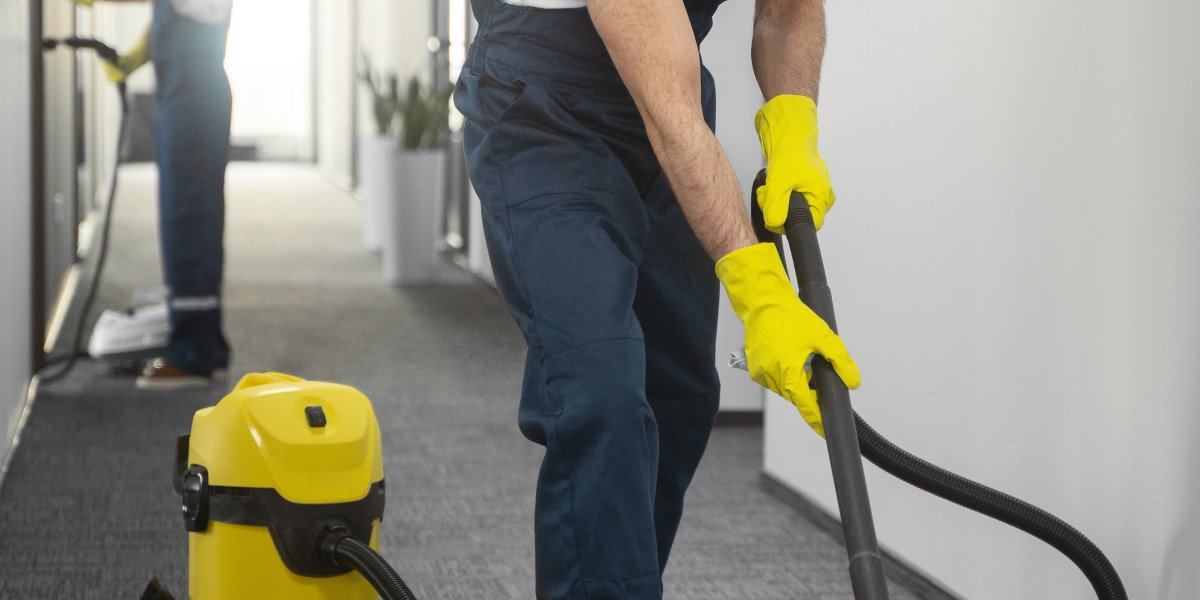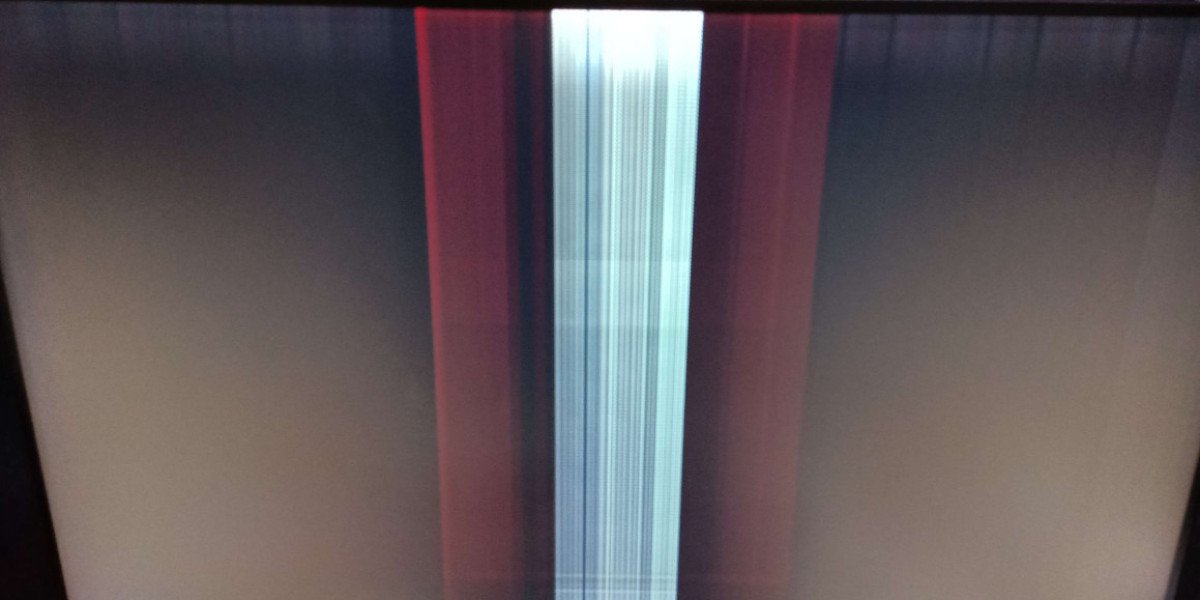Funny enough, that same wisdom holds true in the workplace. A study from the American Society of Microbiology once said that the average office desk has 400 times more germs than a toilet seat. Yikes!
That’s why office cleaning isn’t just about looks—it’s about health, productivity, and even company morale. I’ll be honest, I used to think wiping down my desk and taking out the trash was “good enough.” But once I started helping out with an actual office cleaning routine, I realized there’s a science behind it. There’s an order, little tricks, and even some frustrations (like streaky windows that haunt me to this day).
So, let’s walk through a step-by-step guide to effective office cleaning. I’ll share the real deal—mistakes I made, shortcuts that worked, and practical tips that can keep any workspace fresh and healthy.
Step 1: Clear the Clutter Before You Clean
Clutter is like a magnet for dust. Before you even think about pulling out the cleaning sprays, you gotta tackle the piles of papers, random coffee mugs, and mystery pens scattered everywhere. I learned the hard way—one time I sprayed disinfectant over a desk stacked with papers. Ended up smearing sticky residue on important files. Not my proudest moment.
Start by sorting through the mess. Toss out trash, file away documents, and move personal items so the surfaces are wide open. This makes the actual cleaning so much faster. Honestly, this step is weirdly satisfying. Like, the room already looks better, and you haven’t even touched a rag yet.
Practical tip: keep a small “clutter basket” in each office space. Employees can dump random stuff in there during the day, and it gets sorted later. Saves a ton of time. Remember, cleaning over clutter is like painting over rust—it never sticks.
Step 2: Dust from Top to Bottom
Here’s a mistake I made way too often—I used to wipe down desks first, then go for the shelves. Guess what happened? Dust rained down and made the desks dirty again. Total waste of energy.
The golden rule: always dust from top to bottom. Start with ceiling fans, vents, light fixtures, then work your way down to shelves, cubicle dividers, and desks. Use microfiber cloths—they trap dust instead of just moving it around. And don’t forget those sneaky spots like the tops of picture frames or computer monitors.
One trick I picked up: slightly dampen the cloth if the dust is stubborn. Dry dusting just pushes it around sometimes. Also, never ignore the blinds. They’re dust traps. Run a cloth over each slat, or if you’re feeling brave, take them down and wash them properly. Yeah, it’s a pain, but the air feels cleaner afterward.
Step 3: Disinfect the High-Touch Surfaces
If you only do one thing right in office cleaning, make it this. Germs live on everything we touch—door handles, keyboards, phones, and those communal coffee pot buttons (gross!).
I once got sick after back-to-back meetings, and I swear it came from a shared conference room keyboard. After that, I became religious about disinfecting high-touch spots. Use a disinfectant spray or wipes, but don’t just wipe quickly and call it a day. Most products need a “dwell time” (usually a few minutes) to actually kill germs.
Pay special attention to shared devices—copiers, remote controls, elevator buttons. I even like to keep a stash of wipes in a drawer so I can give my keyboard a quick once-over when I remember. It’s a tiny habit that keeps big germs away.
Step 4: Floors, Carpets, and Restrooms Matter More Than You Think
Floors are the first thing clients notice. You can have spotless desks, but if the carpet smells like old coffee, forget it. I once worked in an office where the carpet hadn’t been deep cleaned in years. You could smell it before you saw it, and honestly, it made the whole place feel unprofessional.
Vacuum daily, mop hard floors, and schedule professional carpet cleaning at least once or twice a year. Don’t cheap out here—it makes a massive difference.
And restrooms? Oh man, if they’re dirty, it ruins the whole vibe. A sparkling restroom says you care about both employees and visitors. Clean toilets, sinks, and mirrors every day. Restock supplies before they run out (no one wants to discover there’s no paper towels after washing their hands). Add a small air freshener for a nice finishing touch.
Step 5: Create a Consistent Cleaning Schedule
Here’s where a lot of offices drop the ball. They clean when it looks dirty instead of sticking to a plan. But effective office cleaning is all about consistency.
Back when I first got into managing cleaning routines, we didn’t have a proper schedule. Sometimes things looked fine, but deep down, germs and grime were building up. Once we created a daily, weekly, and monthly checklist, the whole place changed.
Daily tasks: trash removal, vacuuming, wiping surfaces.
Weekly tasks: deeper dusting, restroom deep cleans, mopping under furniture.
Monthly tasks: carpets, upholstery, windows, and vents.
It doesn’t have to be complicated—just something that keeps you on track. If you don’t have the time or staff, outsourcing to a professional cleaning service can be a lifesaver. They’ll keep the schedule for you, so you don’t have to think about it.
FAQs About Office Cleaning
1. How often should an office be professionally cleaned?
It depends on traffic. A small office might be fine with weekly professional cleaning, but larger offices often need daily services.
2. What’s the dirtiest spot in an office?
Surprise—it’s not the restroom. Studies show it’s keyboards and phones. That’s why disinfecting high-touch surfaces is critical.
3. Can employees help maintain cleanliness?
Absolutely. Simple habits like wiping desks and cleaning up after lunch go a long way in keeping the office fresh.
4. Do natural cleaning products work for office cleaning?
Yes, but choose wisely. Some eco-friendly products clean well but may lack strong disinfecting power. Always check the labels.
5. Why should a business hire a professional cleaning company?
Professionals bring consistency, expertise, and equipment most offices don’t have. It saves time and ensures a healthier environment.
Conclusion
At the end of the day, office cleaning is more than just wiping down desks. It’s about creating a healthier, more productive environment for everyone. Clear the clutter, dust properly, disinfect like you mean it, and don’t skip the restrooms or floors. And for goodness’ sake—stick to a schedule.
If you’re in the Dallas/Fort Worth area and need a trusted partner, Sonlight Cleaning Service, Inc. has been leading the way for over 30 years. Family-owned and woman-led, they’re certified by WBENC, DBE, and SBE, and have earned a reputation as one of the most respected names in commercial cleaning across North Texas. From daily office cleaning and restroom sanitation to carpet care, pressure washing, and even event cleanup, Sonlight delivers quality and reliability you can count on.
So, whether you do it yourself or bring in the pros, remember—clean spaces create better work. And if you’ve got tips, funny cleaning mishaps, or even favorite products, share them in the comments. We all learn from each other, and trust me, office cleaning is one of those things that’s easier when we swap stories.






